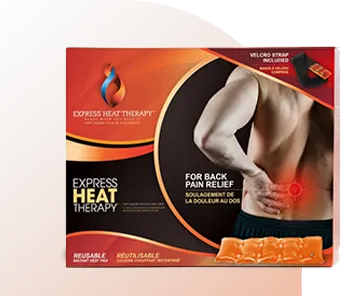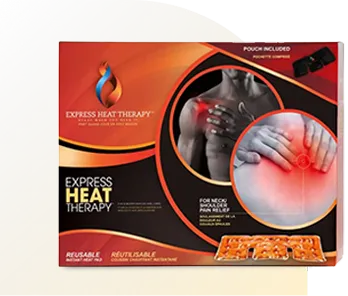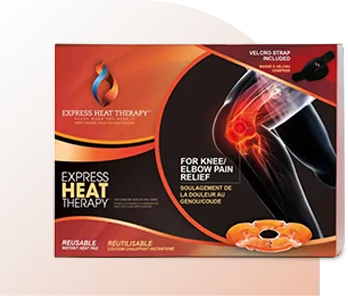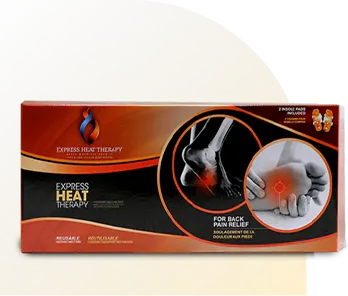Are you lately feeling that basic movements like bending, twisting, or even standing up straight are becoming a challenge? Along with constricted basic body movements, are you experiencing feelings of stiffness or soreness in your lower back muscles? Sadly, if you are going through all this, then you have got lower back tightness.
Prime Reasons For Lower Back Tightness
Lower back tightness is about tension between the muscles in the lower back, making it challenging to move freely and comfortably. This tightness doesn’t let the muscles relax, which definitely impacts the movement of muscles negatively. All this causes frustration and a longing for relief from the constant discomfort.
Try keeping a check on these factors that may cause lower back tightness:
- Poor habits of exercising and constantly being in the wrong postures.
- Stress and sedentary lifestyles.
- Any past injuries or illnesses.
- Over-strenuous workout or lifting something heavy.
Along with lower back tightness and stiffness, one may experience pain, spasms, and cramping, too. Suffering from these on a daily or intermittent basis can bring living life to the fullest at a halt. So here we bring you a few stretches to address your lower back stiffness/tightness.
Top 5 Stretches to Get Relief From Lower Back Stiffness

Child’s Pose:
- Pull out your yoga mat, and then go on your knees. Your feet must touch each other when you are on your knees. Make sure that the knees do not touch each other and that they are as wide as your hips.
- At this position, go down and sit on the back of your heels.
- Be relaxed, and now make an effort to lean forward. Be gentle while stretching your arms in front of you on the mat.
- Try to bend forward more and aim to touch your chest to the ground and your forehead to the ground. Be gentle, and if you find it challenging to do this, do it till the point it is not causing you any further discomfort.
- Now, in this position, your lower back should be relaxed. Deep breathe all along while you’re in this position for about 20-30 seconds.
- After holding the position for 20-30 seconds, come back to sitting on your heels. Take a 15-second break and try doing the stretch a few more times to reduce the stiffness.

Hamstring Stretch:
- Lie on your back and be in a straight resting position.
- Now, bend one knee; this will make your foot flat on the ground.
- At this position, straighten the other leg up towards the ceiling.
- Get your arms forward to hold the back of your straight leg’s thigh or calf.
- Now, gently pull the straightened leg towards your chest.
- With the other leg flat on the ground, you may continue to bring the straightened leg close to the chest as much as possible. If you experience uneasiness, shakiness, or any other discomfort, stop it right away and go back to the starting position.
- If you are able to do it gently, then try to hold the stretch for about 20-30 seconds.
- Now, switch legs and repeat the stretch.

Trunk Rotation Stretch:
- Sit on the ground. Your legs should be straight.
- With the foot flat on the ground, cross one leg over the other.
- Go around to face the crossed leg.
- Position the opposing elbow outside of the bent knee.
- To feel a stretch in your lower back, gently press your elbow against your knee.
- Give the stretch a hold for 20 to 30 seconds.
- After that, swap sides and perform the stretch again while crossing the other leg.

Windshield Wipers:
- If you are suffering from chronic lower back stiffness, this stretch is beneficial. For this, begin with laying on your back. Your palms must face down, with your arms extended outwards on the mat for support.
- Now bend your knees with your feet together (or slightly apart) and raise them off the ground.
- Slowly lower both knees together to one side towards the floor, as far as comfortable.
- Hold the stretch/position for a few seconds. Your hips and lower back may feel stretched right now.
- Return to the beginning and repeat the process on the opposite side.
- For multiple repetitions, continue switching sides while maintaining controlled movement.
More Activities To Reduce Stiffness In Lower Back
You can also engage in the following activities to help release tight muscles in addition to these stretches.
Strengthening Activities: Make an effort to practice exercises like bird dogs, bridges, and planks. Regular performance of these exercises strengthens the muscles supporting the lower back. These workouts increase blood flow to and nourishment of the soft tissues of the back.
Hydration: If the muscles are flexible, then they won’t be stiff, right? For the flexibility of muscles, hydration is a must. Yes, drink more water to ensure there is no imbalance in the disk and the lower back muscles. Drinking water helps reduce back pain and stiffness.
Mind Your Posture: Slouching on the bed for endless hours, watching your phone, TV, or any other screen with a hunched back, and other wrong postures are bound to bring tension in your back muscles. For the best sitting posture, follow these steps:
- Sit with feet flat on the floor,
- Back straight, and
- shoulders relaxed.
The ideal standing posture is:
- Stand tall with feet hip-width apart,
- Shoulders back,
- Chin parallel to the ground.
Heat and Cold Therapy: When you are already suffering from a stiff back, you may opt for heat therapy with quality heating pads to release the tension or strain from the muscles. You may go for ice packs to help with dull pain and reduce inflammation.
Gentle Movement:
- Try to engage in low-impact activities such as walking, swimming, or yoga:
- They help increase blood flow.
- Loosen tight muscles.
- Improve overall flexibility and mobility in the lower back.
Are you experiencing no improvement in the
lower back tightness despite self-care measures? In that case, take professional medical advice from a healthcare professional such as a physical therapist or chiropractor.




